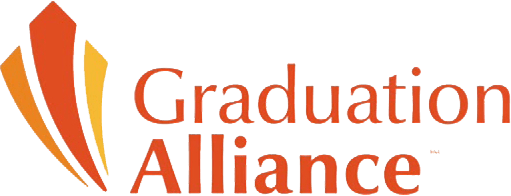Is it time for a new approach to math?
A great deal of controversy revolves around reform measures for math across the country. The debate over proposed mathematics frameworks is at the center of a math war in California and elsewhere in the U.S.
The debate is pitting traditional mindsets advocating for a back-to-basics approach against reform ideas that push for more relatable real-life learning with broader thinking and problem-solving over memorization. It’s a large topic with math curriculum facing standstill measures until a compromise is reached.
Current Conditions
In the meantime, math learning continues, albeit with a less established future pathway. Teachers in the trenches must continue to push ahead, even with uncertainty surrounding the situation. On top of new learning objectives, teachers also face fill-in demands for gaps created during the pandemic. According to Education Week, the pandemic increased math anxiety, especially for students who are receiving clues that they are behind, furthering the demands on educators.
With math evolving into the language of the 21st century, learning math has major implications for those looking to access the good jobs and opportunities of the future.
Perspectives
To some reformers, that means concentrating on statistics and data science over traditional calculus and algebra II to allow for more real-world application and greater access to the underserved. However, to the traditionalists, replacing established math learning principles, although attractive in theory, could actually hurt the less advantaged populations in the long run. Rather than creating more future opportunities, it can backfire as many students enter higher ed without the necessary math preparation for advancement in STEM-related fields.
Even with differing viewpoints, few would argue that math proficiency is a needed area to address. A recent New York Times article stresses the pandemic’s adverse effects on American students, with the performance of 9-year-olds in math dropping to lower levels not seen in over two decades. With catch-up necessary, especially for middle schoolers, some feel math growth is getting lost in the debate mix.
According to Jim Horne, former Florida Education Commissioner, and current Strategos Group Partner, time is an essential component. “One of the longstanding principles of teaching is time on task,” he says.
Common Ground
Paolo DeMaria, president and CEO of the National Association of State Boards of Education (NASBE), offers interesting observations from the sidelines of the math reform debate in a recent Education Next article. He sees both sides of the discussion as having relevance yet believes, like any successful venture, common ground is key.
At the heart of his observations, also shared by other leading experts, is an overarching need to change the narrative in math. The popular belief that some people are just not good at math is often a perpetuated myth holding back many capable learners from great math advancement.
DeMaria examined the differing viewpoints in the math debate, breaking down what he considers the ‘middle ground’ where both sides can converge.
● All students are mathematically capable.
● More students can be successful in mastering high-level mathematics.
● There is a good understanding of different and better math instruction.
● There should be a deliberate focus on parents as partners.
● Teachers need to be better equipped and supported to teach math.
● Greater focus is required on elementary and middle school math.
● More math teaching should be done in the context of practical application.
● More students need to master algebra II and calculus, but if that can’t happen in the near term, let’s accept accomplishment in other rigorous math that keeps the doors to future success open for more students.
● Create mechanisms to ensure rigor.
● Set targets for more students to become proficient in algebra, calculus, and other rigorous math.
● Create mechanisms that gauge progress toward equity.
● Share the responsibility to ensure all students are confident and comfortable with mathematics.
Encouragement
DeMaria hopes that with good information and technical assistance, state policymakers can implement state-designed initiatives to improve math outcomes. He believes that effective change is achievable when solutions are designed by multiple partners from diverse perspectives that are understood and respected.
It all may boil down to encouraging the shared belief that math is not only necessary for the growth of future generations but something to be celebrated and achieved by all. As Horne adds, “The common ground is to make math more relatable, understandable, practical, and fun.”













